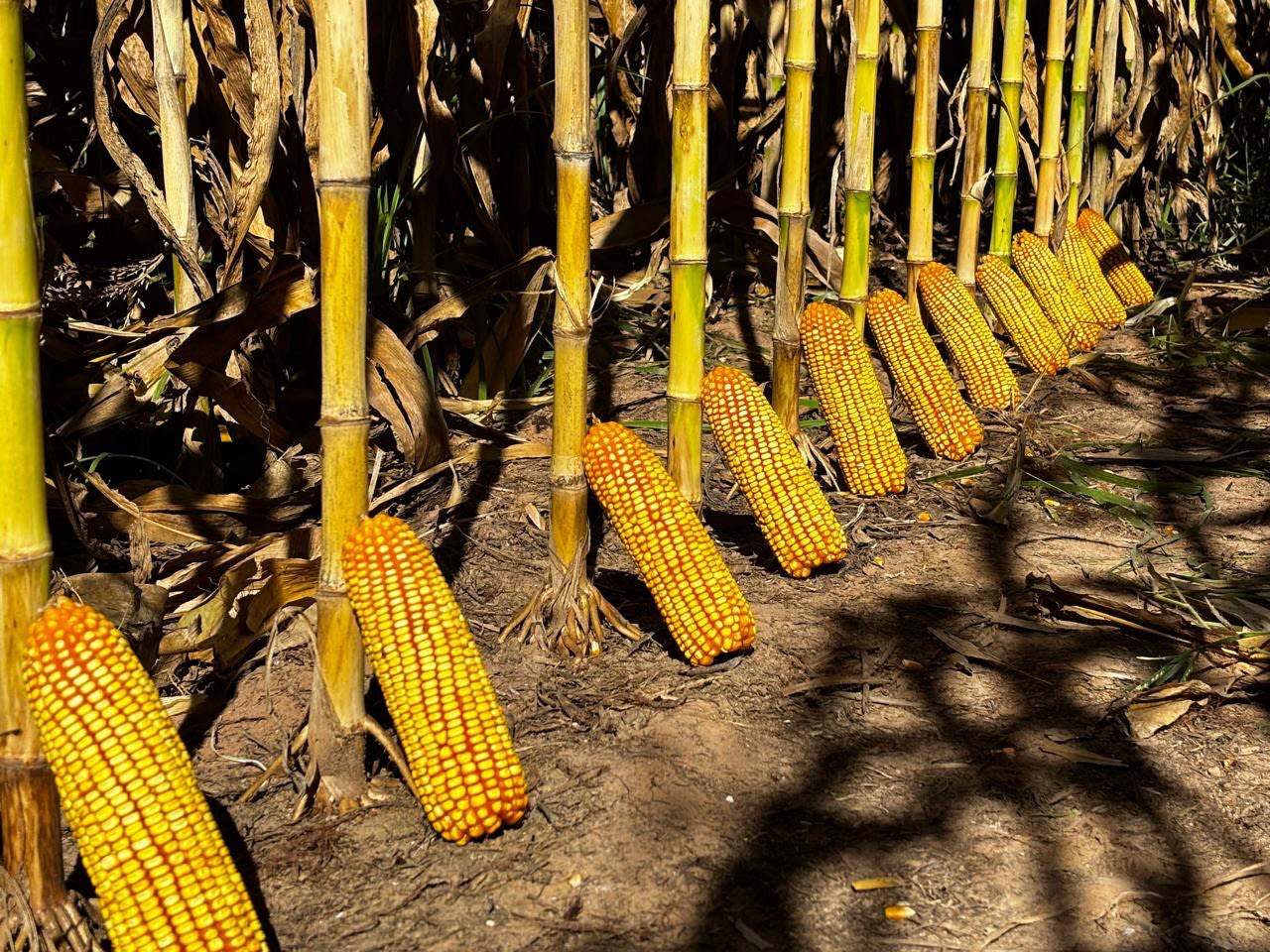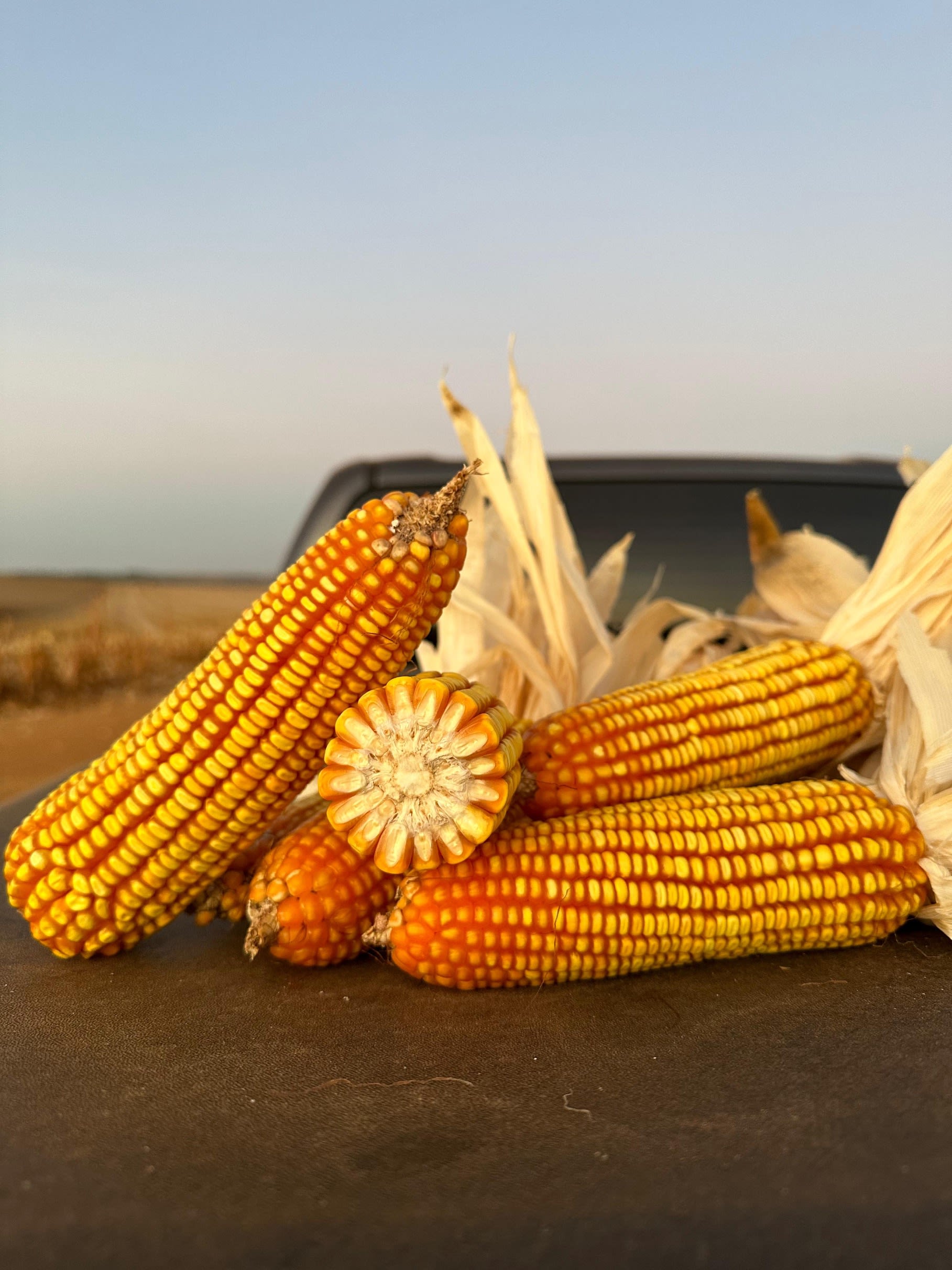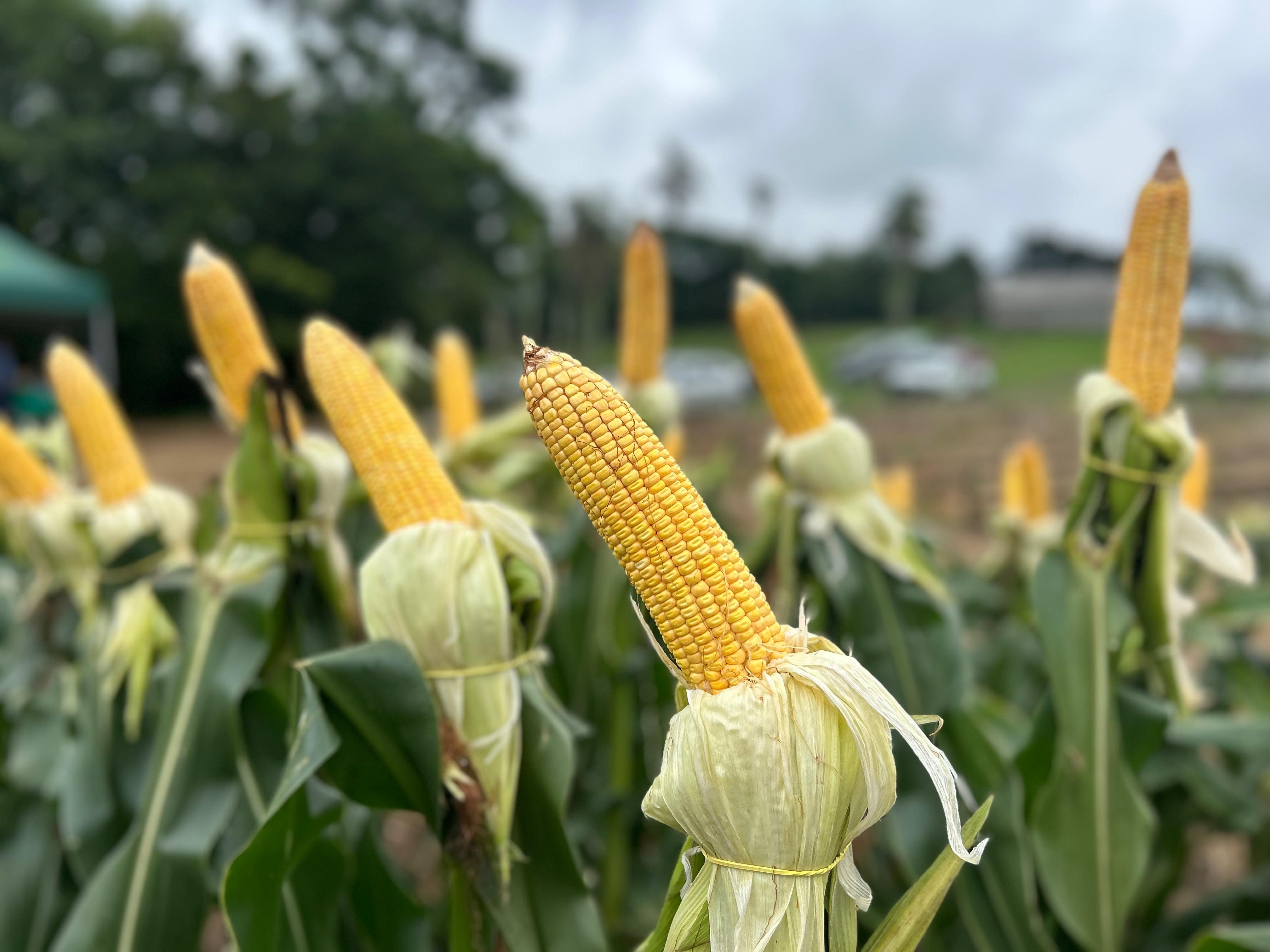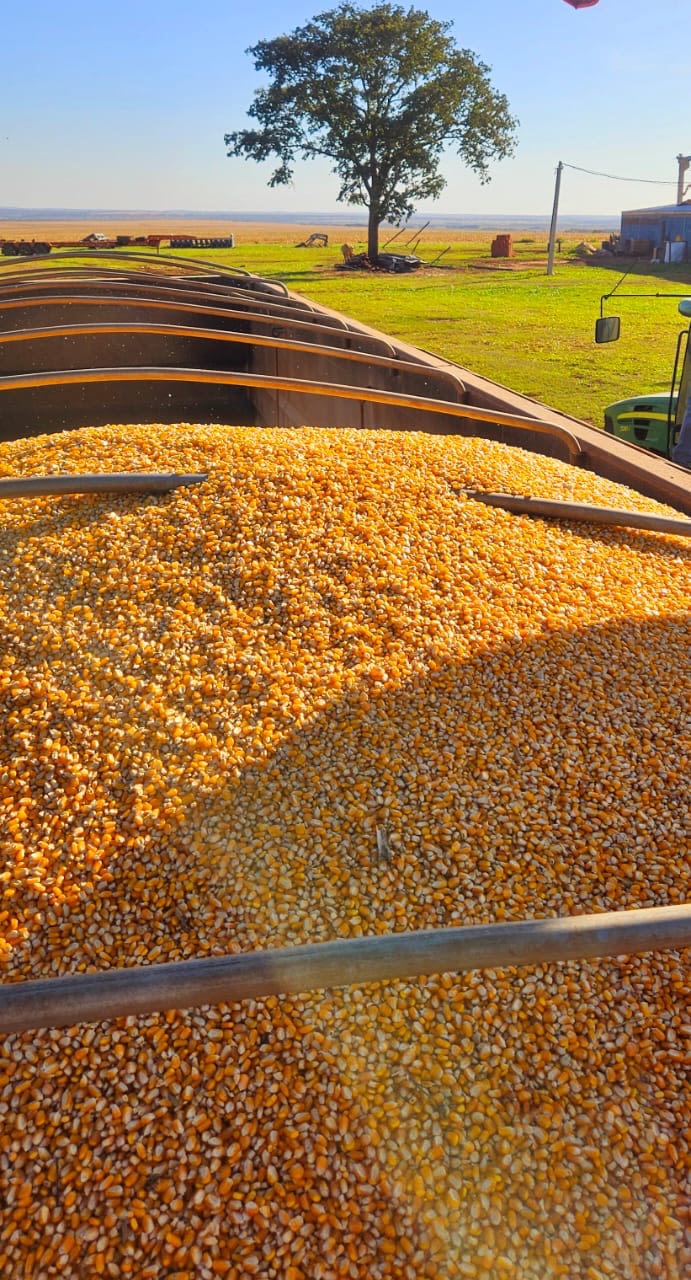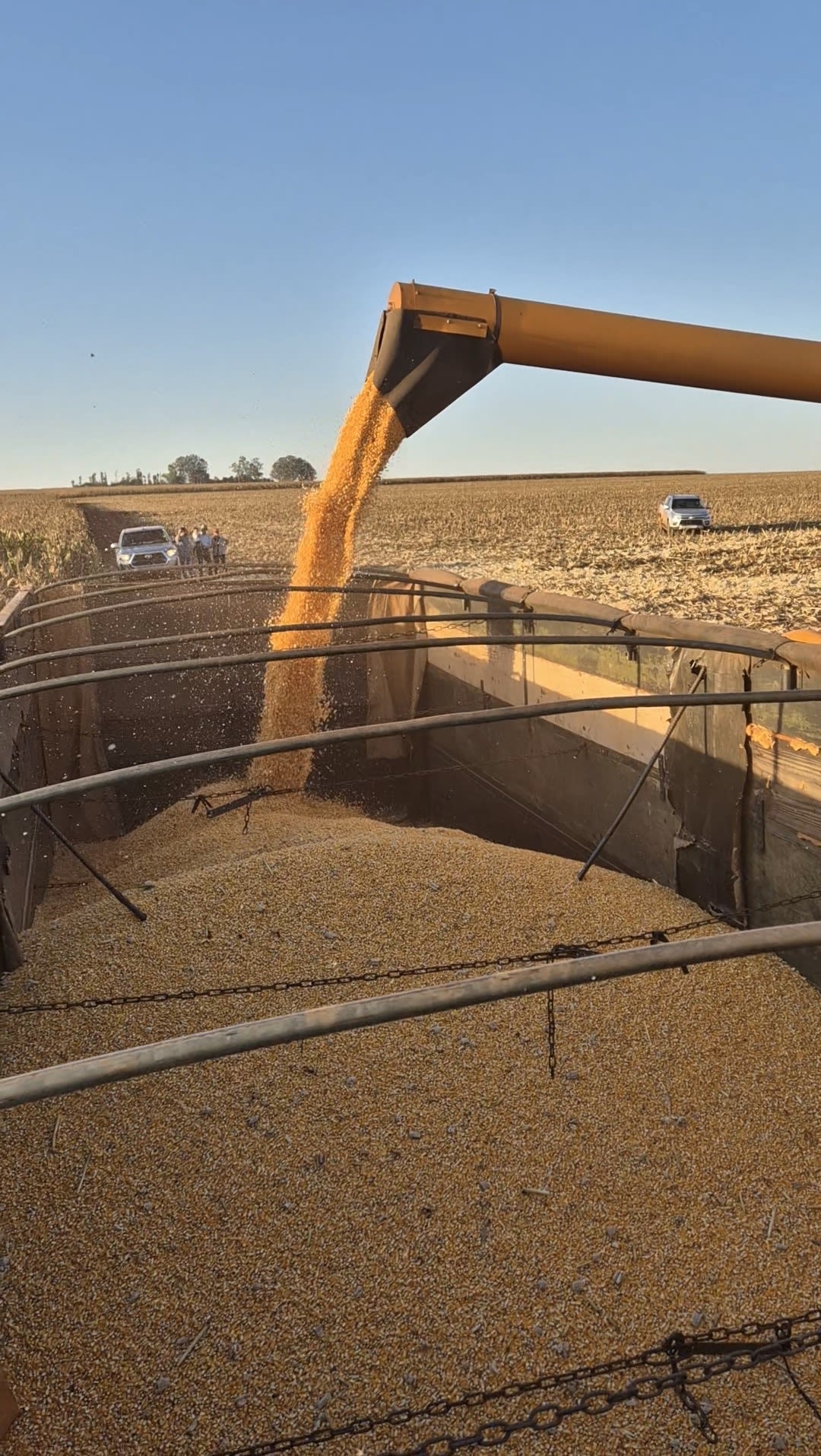Powering breakthrough innovation in corn
Innovative hybrid boosts farmers in all seasons across Brazil
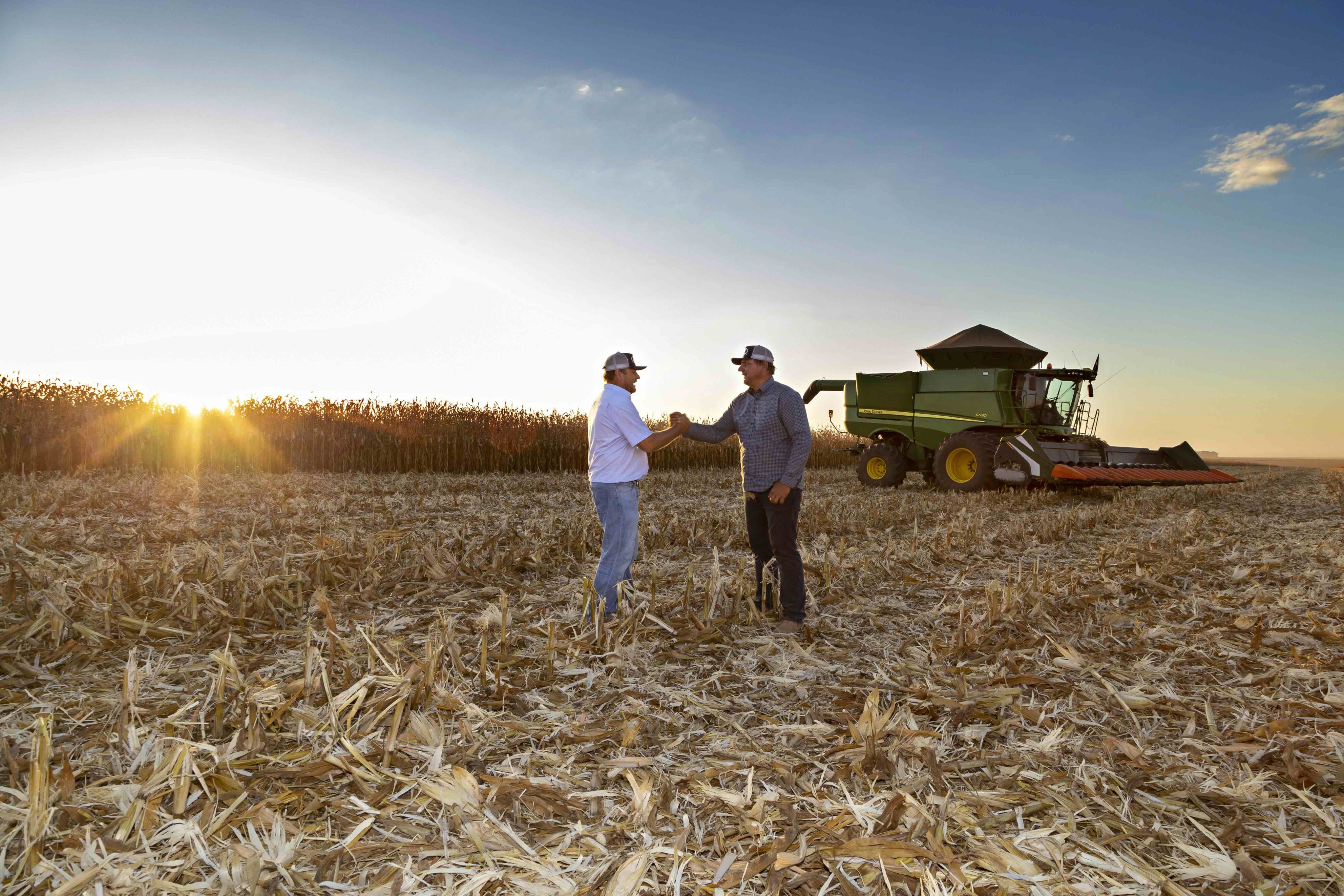
In the heart of Brazil’s vast farmlands, where golden cornfields stretch under endless skies, a quiet revolution is taking root.
Meet NK501VIP3—Syngenta’s game-changing corn hybrid that’s rewriting what’s possible for farmers from the tropical north to the subtropical south.
NK501VIP3 is Syngenta’s corn hybrid that’s rewriting what’s possible for Brazilian farmers.
NK501VIP3 is Syngenta’s corn hybrid that’s rewriting what’s possible for Brazilian farmers.
Just two years after a rocky start, this seed has blossomed into a cornerstone of Syngenta’s seeds work in Brazil, delivering higher yields, resilience, and hope to growers navigating a complex landscape.
Overcoming challenges
The story of NK501VIP3 is one of innovation born through persistence. First introduced two years ago, this hybrid had a challenging start.
"The first seed production fields yielded just a handful of bags per hectare," says Fernando Adorno, Director of Seeds Production Operations for Syngenta in Brazil. "That's impossible for sustaining a business. We were discussing whether to drop this product."
But Syngenta’s team persevered, working through the initial production hurdles. What emerged from those early challenges is now considered the company's flagship corn product in Brazil—one that Adorno describes as essential in their product mix in a competitive market.
From a seeds production of around 450,000 bags in the 2023-24 season to an estimated production of about 810,000 bags for 2025-26, the remarkable growth curve demonstrates the critical role of seed production optimization to take products such as NK501VIP3 to the market.
“It’s become a vital part of our mission here,” Adorno says. “This is about building something lasting for us and the farmers.”
The hybrid NK501VIP3 is known for high yield, stability, and resistance to corn stunt.
The hybrid NK501VIP3 is known for high yield, stability, and resistance to corn stunt.
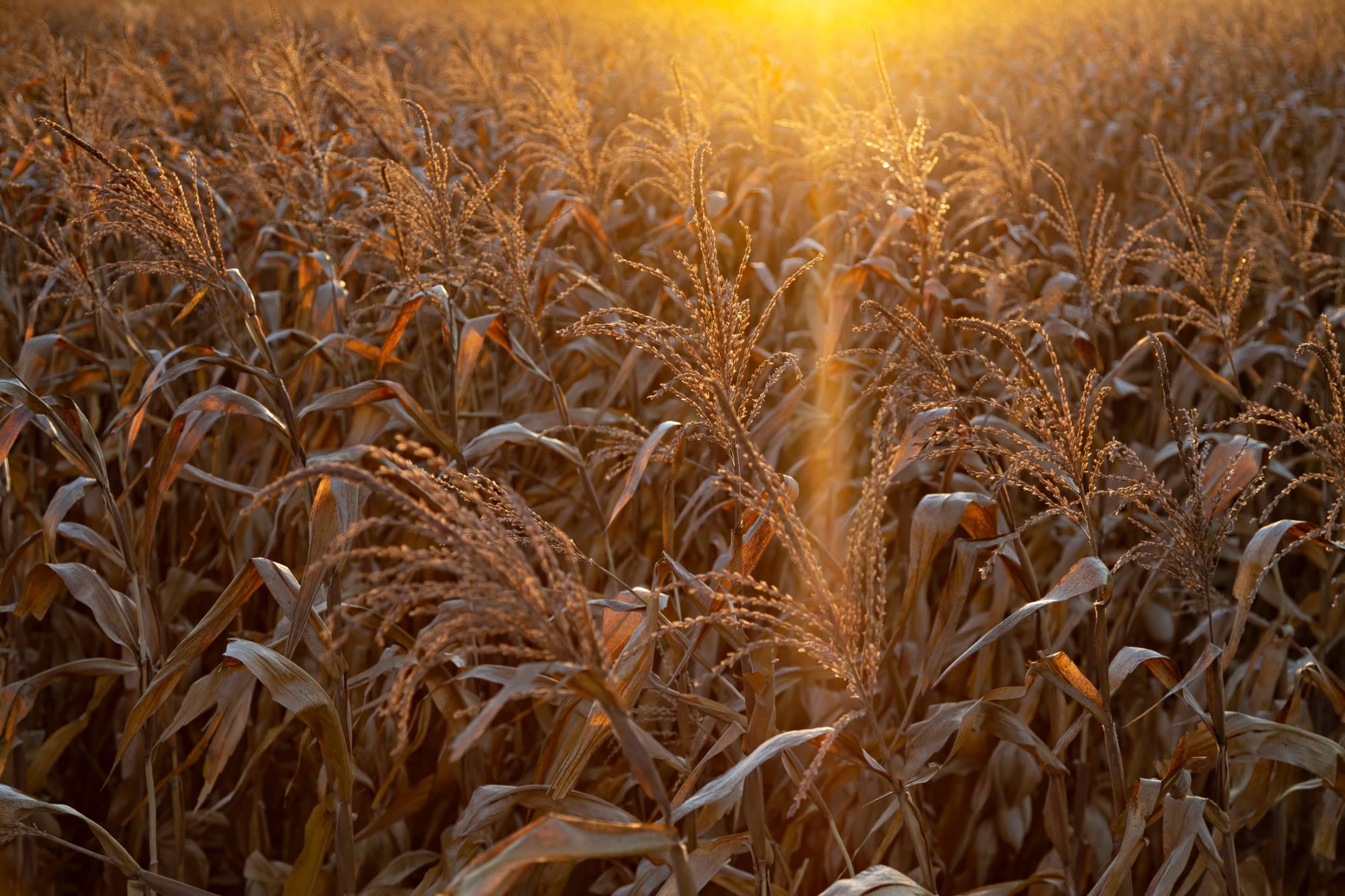
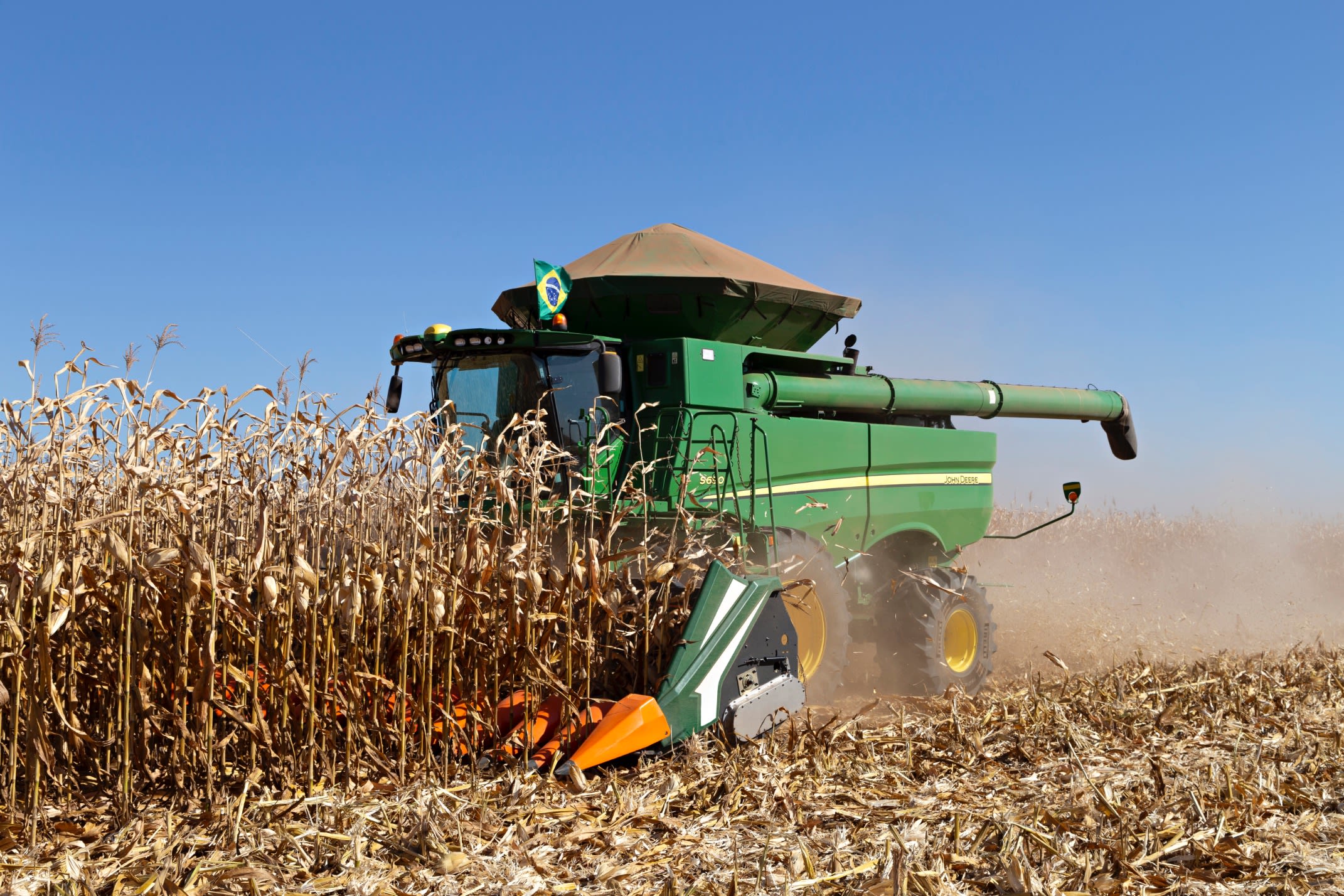
Performance across Brazil
Brazil, the world’s fifth-largest country by area, defies uniformity. The tropical north varies from high to lowlands, while the subtropical south flirts with frost. Most corn hybrids excel in narrow niches, but NK501VIP3 spans the spectrum.
“It performs across Brazil’s vast expanse,” says Gustavo Biudes, Portfolio Leader, Corn and Soy, Syngenta Seeds. “That’s rare in a country this big.”
From the humid plains of Mato Grosso to the rolling hills of Paraná, NK501VIP3 thrives in both the summer 'safra' (September-February, the main crop) and the 'safrinha' (February-July, the second harvest after soybeans).
This dual-season prowess matters. The safrinha, once a modest sideline, now drives more than 70 percent of Brazil’s corn output, fueled by global demand and tight planting windows. NK501VIP3’s edge lies in its stability: in trials, it outyielded competitive products 75 percent of the time, proving its mettle in real fields.
“It’s one of the best hybrids I’ve seen in my 20 years of experience,” says Fabricio Passini, Agronomy Director, Syngenta Seeds. “High yields, stability, and resistance to corn stunt are what farmers ask for.”
Corn stunt, a disease spread by leafhoppers, can shrink plants and slash harvests. NK501VIP3’s resistance offers a shield for farmers to protect their crop, crucial in a country that is key to feeding the world’s growing population: Brazil exported 50 million tonnes of corn in 2023.
Precision pays
While NK501VIP3 demonstrates remarkable adaptability, achieving its full potential requires specific agronomic practices.
“Low plant population, optimal crop protection application, within an open planting window—this will be the perfect combination for this product to perform well,” says Passini.
NK501VIP3 thrives in both the summer 'safra' (September-February, the main crop) and the 'safrinha' (February-July, the second harvest after soybeans).
NK501VIP3 thrives in both the summer 'safra' (September-February, the main crop) and the 'safrinha' (February-July, the second harvest after soybeans).
The hybrid is positioned for farms who want to extract maximum value. "NK501VIP3 is designed for high-investment farming operations in Brazil," notes Biudes. "Because it's positioned as a premium product with superior performance, we are able to capture optimal value throughout the entire agricultural value chain."
Seeds of tomorrow
NK501VIP3's success has paved the way for future innovations. Syngenta is developing additional hybrids using similar technology, including the NS99VIP3 hybrid, along with other promising ones.
"NK501VIP3's success demonstrates the strength of our germplasm and the quality of our breeding programs," says Vitor Barbieri, Germplasm Development Lead, Syngenta Seeds. "It's the result of years of development and investment in cutting-edge technologies to modernize our approach to plant breeding.”
This means the lessons learned from developing and producing NK501VIP3 are informing the next generation of corn hybrids from Syngenta, creating a foundation for continued innovation.
This hybrid also contributes to sustainability. Its exceptional productivity allows more corn from less land, effectively capturing atmospheric CO2 and sequestering carbon in the soil. “It offers a unique combination of environmental and agronomic benefits,” says Claudia Demetrio, R&D Director, Syngenta Seeds.
The implications of NK501VIP3's success extend beyond Brazil. Its ability to thrive in diverse environments suggests potential applicability in agricultural regions with a similar environment worldwide, such as parts of Africa.
It aligns with Syngenta's broader mission of supporting agriculture that not only feeds the world but also improves our planet. As Biudes puts it, “NK501VIP3 shows what’s possible when we listen to the land and people who work it.”
The hybrid contributes to sustainability, providing more corn from less land, effectively capturing atmospheric CO2 and sequestering carbon in the soil.
The hybrid contributes to sustainability, providing more corn from less land, effectively capturing atmospheric CO2 and sequestering carbon in the soil.
The hybrid contributes to sustainability, providing more corn from less land, effectively capturing atmospheric CO2 and sequestering carbon in the soil.
The hybrid contributes to sustainability, providing more corn from less land, effectively capturing atmospheric CO2 and sequestering carbon in the soil.

